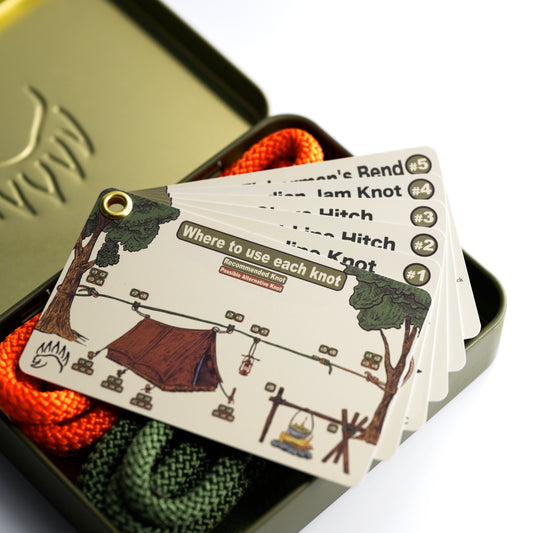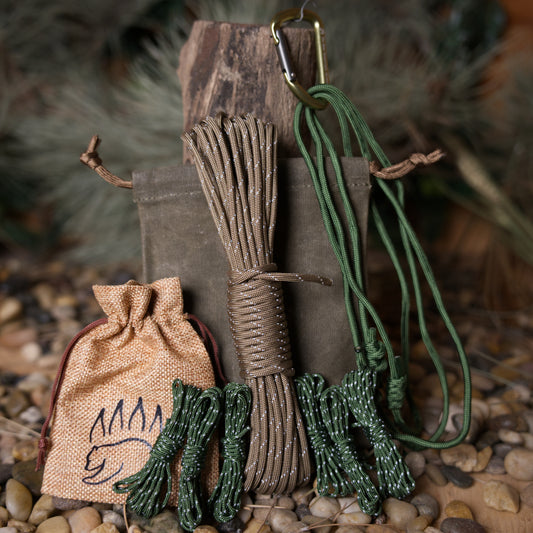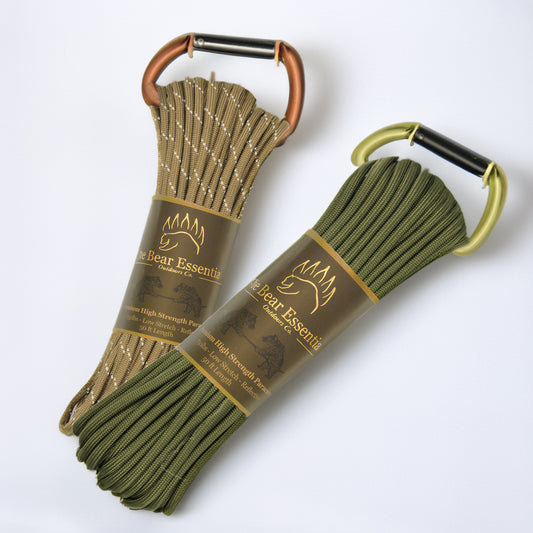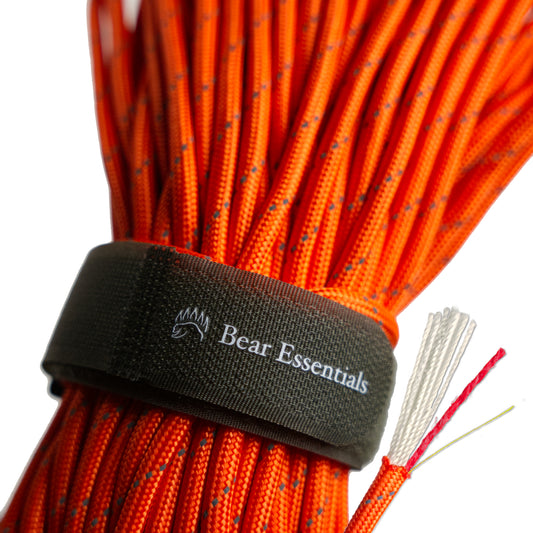How to Tie the Tucked Sheet Bend
Usage
The Tucked Sheet Bend is commonly used to join two ropes of different sizes in boating, utility, and camping tasks, offering a secure, streamlined connection. Compared to the standard Sheet Bend, it’s stronger due to an extra tuck, making it ideal for reliable joins. Its ease of untying is valued, but it requires careful tightening to avoid slipping with slick ropes. This knot is a favorite for rigging and tarp setups. The main downside is its moderate complexity compared to simpler bends.
Why Learn the Tucked Sheet Bend?
Its enhanced design ensures strong, reversible rope joins. This knot is a go-to for secure connections with unequal ropes. High strength: Extra tuck boosts security for unequal ropes. Easy to untie: Releases smoothly, even after moderate load. Versatile use: Suits boating, camping, or utility rigging. Streamlined profile: Less bulky than other secure bends. Quick to tie: Forms efficiently with practice in the field.
Common Uses
-
Boating/Marine:
- Joins ropes of different sizes for mooring or rigging.
- Creates secure connections for temporary boat setups.
-
Utility:
- Binds ropes for securing loads or equipment.
- Links cords for household or outdoor tasks.
-
Camping:
- Joins ropes for tarp or tent guylines.
- Secures shelter lines to stakes or trees.
ABOK Number
(Ashley Book of Knots)
Other Names
Category
|
Notable Features
- Enhanced Security: Extra tuck improves hold for unequal ropes.
- Easy to Untie: Releases even after moderate tension.
- Streamlined Profile: Compact compared to other bends.
- Versatile: Ideal for boating, camping, and utility work.
- Quick to Tie: Efficient once practiced.
Variations
The Tucked Sheet Bend is a variation of the Sheet Bend, enhancing security with an extra tuck. Other variations include the Double Sheet Bend and Three Way Sheet Bend.
Similar Knots
Sheet Bend vs. Tucked Sheet Bend
- Pros: Simpler and quicker to tie for basic joins.
- Cons: Less secure, prone to slipping under load compared to the Tucked version.
Zeppelin Bend vs. Tucked Sheet Bend
- Pros: Easier to untie and more reliable with equal ropes.
- Cons: Less effective for unequal ropes than the Tucked Sheet Bend.
History
The Tucked Sheet Bend, not explicitly listed in The Ashley Book of Knots, is an enhanced variation of the Sheet Bend (#1431), likely developed in maritime contexts to improve security when joining ropes of different sizes. Its extra tuck addressed the standard Sheet Bend’s slipping issues, making it a practical choice for boating and camping. Its modern use reflects its reliability for secure, temporary joins.
Security Level
The Tucked Sheet Bend provides reliable strength for joining unequal ropes when tied correctly, holding firm under moderate loads in rigging or camping setups. It performs best with proper tightening and textured ropes. For heavy or critical loads, a knot like the Double Fisherman’s Knot may be preferred for greater security.
Downsides
- Moderate complexity: Extra tuck adds steps, trickier with stiff ropes.
- Slipping risk: May loosen with slick ropes if not tightened properly.
Structure
- Form a bight (U-shape) with the thicker rope’s end.
- Pass the thinner rope’s working end up through the bight.
- Wrap the thinner rope around both legs of the bight, crossing over the top.
- Tuck the thinner rope’s working end under itself and through the bight again.
- Pull both standing lines to tighten, ensuring the tuck is secure.
Pro Tip: Ensure the thinner rope’s tuck is tight and the bight is made with the thicker rope. Wet the knot before tightening to reduce friction.
FAQ
Is the Tucked Sheet Bend strong enough for heavy loads?
Yes, for moderate loads with unequal ropes, but test with strong ropes for safety.
What’s the best rope for the Tucked Sheet Bend?
Nylon or polyester ropes, with the thicker for the bight, work well.
How does the Tucked Sheet Bend compare to the Sheet Bend?
The Tucked version is stronger and more secure, but slightly harder to tie.
Can the Tucked Sheet Bend be used in camping?
Yes, it’s great for joining ropes for tarp or tent guylines.
Why choose the Tucked Sheet Bend over a Zeppelin Bend?
It’s better for unequal ropes, while the Zeppelin suits equal ropes and is easier to untie.
Important Notes on Safety
Common failure points include a loose tuck or slick ropes, which can cause slipping. Always verify the knot is tight and secure before loading. Check ropes for wear or damage before tying. Ensure the tuck is snug and the bight is formed with the thicker rope. Practice in low-stakes settings to master the technique.







